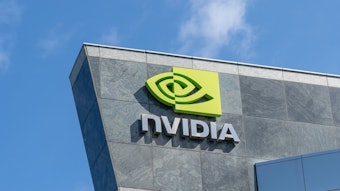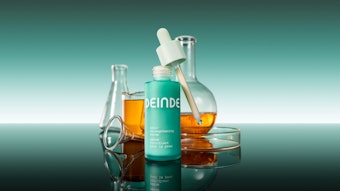Shiseido Group announced its financial performance for its first two quarters of the fiscal year ending March 31, 2014 (from April 1–September 30, 2013), reporting net sales of ¥360.5 billion, an 8.1% increase over the same time period in 2012 (¥333.6 billion). Operating income increased 144.4% to ¥20.3 billion over the comparable 2012 period's ¥8.3 billion, and net income was ¥21 billion, representing a 151.7% increase over the same period in 2012.
In the two-quarter period under review, economic sentiment in Japan was characterized by moderate recovery as government economic measures led to a correction of the strengthening yen, recovery in stock prices, and an improved employment situation. The domestic cosmetics market also showed indications of a turnaround. Overseas, the Americas and Asia continued posting moderate economic growth, but conditions weakened in Europe. Similarly, cosmetics markets in the Americas and Asia enjoyed sustained growth, while the market tended to contract in Europe.
Domestic sales declined 2.5%, to ¥181.9 billion, as the company sought to limit shipments with the aim of reducing store-level inventories. This was despite a recovery in over-the-counter sales, which exceeded previous-year levels. On a local-currency basis, overseas sales edged up 0.5% year-on-year. After translation into yen, overseas sales climbed 21.5%, to ¥178.6 billion, due to the yen’s depreciation.
Sales in the domestic cosmetics business segment declined 2.6%, to ¥168.9 billion. Amid a gradual recovery trend in consumer sentiment, during the period we sought to strengthen Shiseido's presence in the prestige end of the cosmetics market. The company also implemented its first TV commercials for the global brand Shiseido, sold mainly in department stores, and the top-end brand Clé de peau Beauté. In addition, it launched highly appealing new products. In the drugstore channel, which accounts for a high portion of sales, the company focused on fostering existing products by leveraging Day Care Revolution, a beauty emulsion in the Elixir line. It also reinforced that line with the launch of a dense beauty serum, Enriched Serum, to mark the 30th anniversary of Elixir. And due to severe hot weather, the company's seasonal products performed well, including Anessa sunscreens, AG+ deodorants, and Sea Breeze total body care products.
In September 2013, meanwhile, Shiseido suppressed product shipments with the aims of optimizing domestic inventories—a business challenge that blocks growth—and building frameworks to prevent accumulation of store-level inventories. The company also decided that, in the second half of the year, it will undertake store inventory recovery with the aims of optimizing inventory levels and reinforcing its lineup of strong-selling products. In the period under review, recovery of low-ranking products, designed to resolve the group’s bias toward store inventories, incurred an operating expense of ¥4 billion, and recovery of discontinued products, associated with a change in product handling policies at stores, incurred an extraordinary expense of ¥6.3 billion. Both expenses were provided for in the two-quarter period under review.
Despite the year-on-year decrease in sales, segment operating income rose 26.3%, to ¥17.1 billion, owing to cost-cutting effort as part of cost structural reforms, as well as a shift of some expenses to the second half of the fiscal year.
On a local currency basis, sales in the global business segment remained mostly unchanged year on year. After translation into yen, segment sales rose 20.1%, to ¥186.9 billion. In the Americas, the makeup artist brand Nars maintained a good performance, and during the period Shiseido started handling Ferragamo, which buoyed its fragrance business. Despite generally weak economic conditions in Europe, the company enjoyed solid sales in Russia, and it expanded its fragrance business with the addition of Burberry, which it also started handling during the period. In Asia, sales in China declined year-on-year as the company restricted shipments in order to reduce store-level inventories. However, we enjoyed increased sales in Thailand and Vietnam.
The global business segment posted operating income of ¥2 billion, compared with an operating loss of ¥6.1 billion in the previous corresponding period. This return to profitability was due mainly to cost structural reforms in China.
For a more detailed picture of this financial report from Shiseido, click here.










